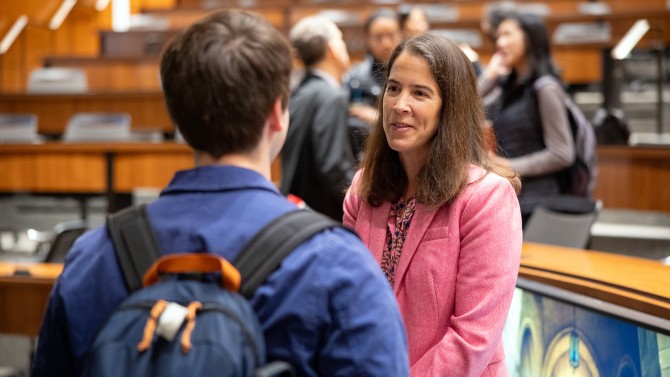As we head into 2023, we should be optimistic about the future of our economy and our country but realistic about the prospect of another global downturn and what that means for us in Australia.
We begin this difficult year with a lot going for us – historically low unemployment, the beginnings of wages growth, and with the world paying us good prices for our exports. This is a handy starting point.
At the same time, we are buffeted by five forces which will shape our economic fate in 2023: the war in Ukraine pushing up energy prices; China’s transition from COVID‑zero and how it manages the current wave of cases; turbulence in the big advanced economies of the northern hemisphere; the timing and severity of the impact of higher interest rates here and around the world; and the ongoing uncertainty and consequences from more frequent natural disasters.
Underlining the magnitude of the global slowdown, the International Monetary Fund warned last week that a third of the world’s economy will likely slip into recession this year.
“Even countries that are not in recession, it would feel like recession for hundreds of millions of people,” IMF Managing Director Kristalina Georgieva said.
The combination of a slowing global economy and higher interest rates biting here in Australia explains Treasury’s forecasts for weaker consumption, weaker economic growth, and slightly higher unemployment in the year ahead.
Inflation remains our dominant concern even on the other side of its peak, as global price pressures coming at us from around the world continue to be felt around the kitchen table.
In the midst of all this, in a global economy defined by uncertainty and vulnerability, we are focused on security and resilience at the same time as we take steps to grow our economy out of another global downturn.
We are in a stronger position than most countries but still more vulnerable than we’d like to be to international shocks.
The economy we inherited last year from our predecessors was defined by a decade of stagnant wages, flatlining productivity, weak business investment, skills shortages and energy policy chaos. Inflation had started to gallop, and interest rates were already on the rise.
In less than eight months in office the Albanese Government has already put a lot of runs on the board.
We have successfully argued for an increase to the minimum wage and passed legislation to get wages moving again, legislated emissions reduction targets and invested in renewables, started tackling the aged care crisis, signed a ³Ô¹ÏÍøÕ¾ Housing Accord for more affordable homes, commenced a review of the Reserve Bank, announced reforms to modernise our financial system, and moved to establish a climate risk disclosure framework for business.
The Budget in October provided responsible cost‑of‑living relief, made key investments in growth and resilience, and began the job of budget repair so that debt was lower over the forward estimates even after the funding of our election commitments.
We paid particular attention to workforce shortages which are a handbrake on our economy and a key concern for business. Cheaper childcare and more paid parental leave – to make it easier for parents to work and earn more and balance family responsibilities – along with free TAFE and more university places, and sensible changes to skilled migration were all supported at the Jobs and Skills Summit.
Since then, a responsible price cap on gas, steps taken by the states on coal, and a household assistance package will take some of the sting out of higher energy prices and support our local industries, small businesses, families and pensioners.
The next Budget is just four months away and it will build on these foundations laid in 2022. The Expenditure Review Committee has already been meeting and working with Cabinet colleagues over summer on its shape and strategy.
There will be cost‑of‑living relief in the form of help with electricity bills, higher wages for aged care workers, and cheaper childcare from July. If there are additional measures we can afford to put in place of course we’ll consider them.
We will focus on the inflation challenge and growing the economy the right way out of the downturn, bringing together our efforts on energy, skills and training, co‑investment, industry policy, supply chains, data, digital and technology, workforce participation, migration and more.
We will continue to put the Budget on a more sustainable footing, recognising the pressures coming from higher borrowing costs, health and ageing, the NDIS, defence spending and the costs of responding to natural disasters.
We will maintain an emphasis on health and Medicare and ageing and aged care; on women and wellbeing; and with a particular focus on tackling disadvantage.
Our optimism is built on a degree of confidence that we can batten down the hatches, build buffers against some of this uncertainty, and build a stronger economy and a better future in 2023 and beyond, all at the same time.
The global economic environment is complex and uncertain, but Australians and their government are up for the challenge.







